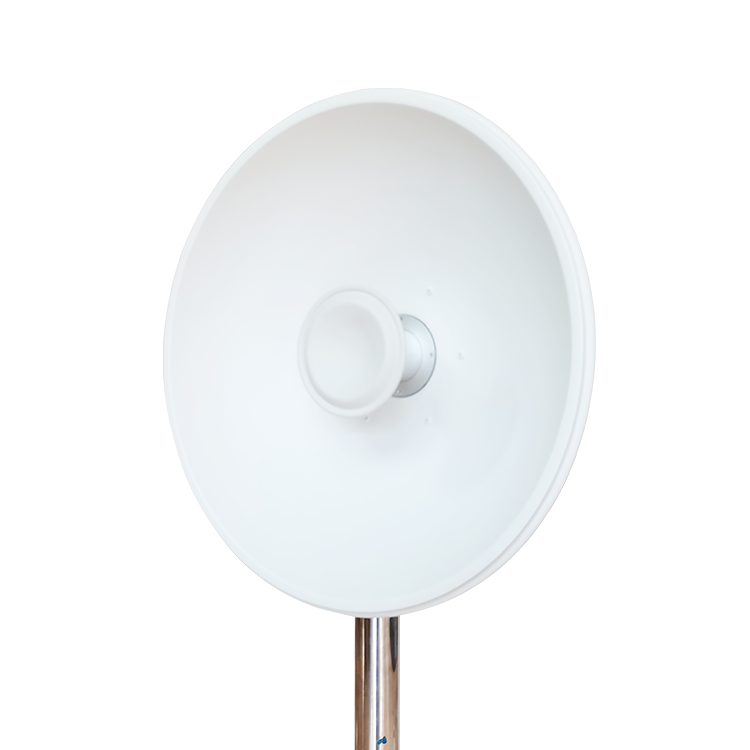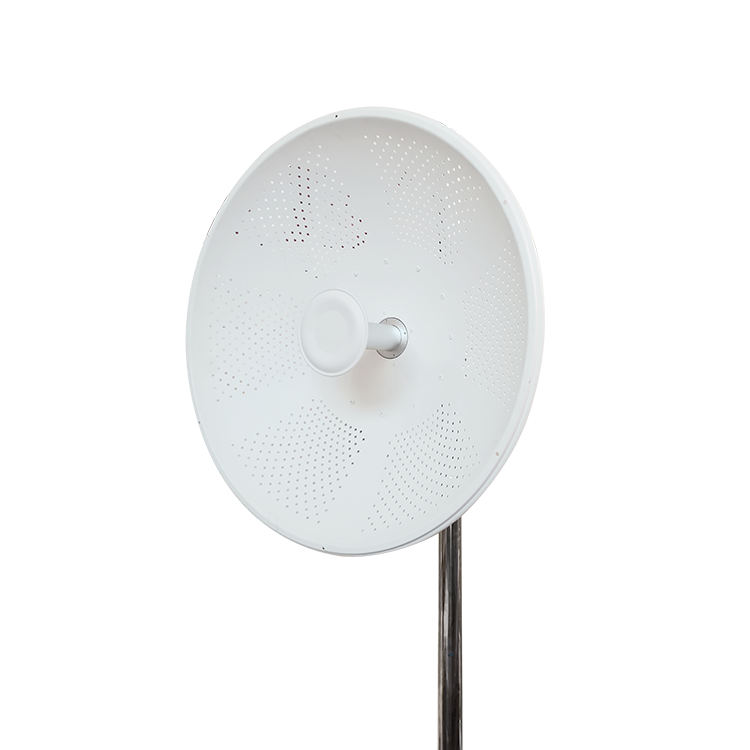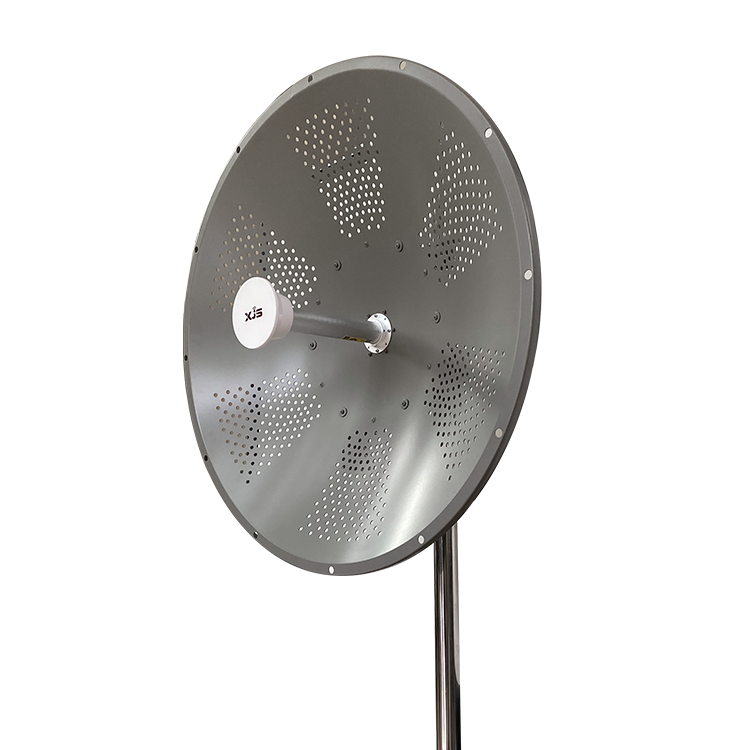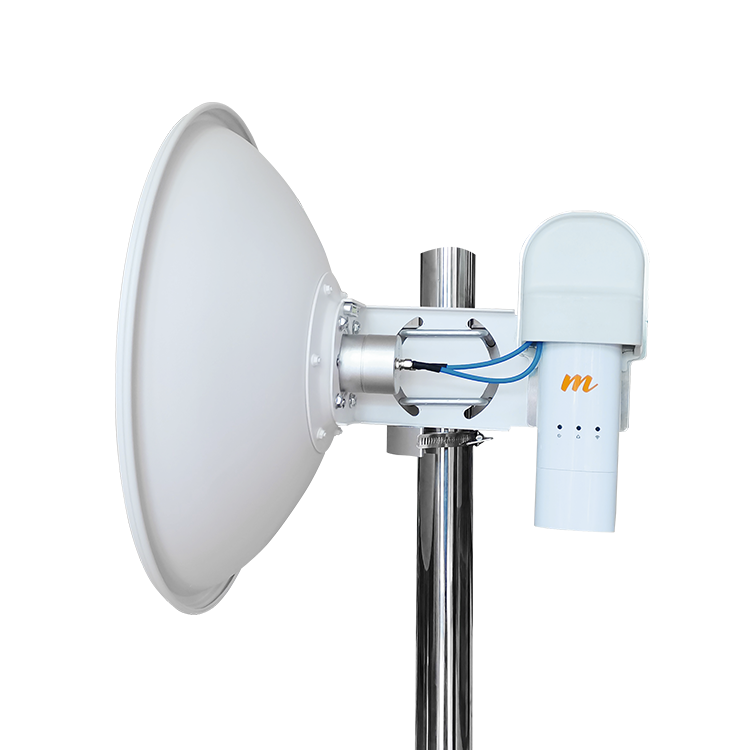Introduction Of 5G Panel Antenna
5G panel antennas are a crucial component in the deployment of 5G networks, enabling high-speed, low-latency wireless communication. These antennas are designed to operate in the higher frequency bands associated with 5G, such as the millimeter-wave (mmWave) spectrum, providing the necessary bandwidth and capacity to support the growing demand for data-intensive applications.
One of the primary advantages of 5G panel antennas is their ability to deliver high gain and directivity, which is essential for maintaining reliable and efficient wireless links. These antennas can focus the transmitted and received signals, ensuring optimal coverage and signal strength in the desired coverage area. Additionally, the compact and low-profile design of 5G panel antennas makes them well-suited for deployment in a variety of settings, from cellular base stations to fixed wireless access (FWA) networks and Internet of Things (IoT) applications.
Key Features of 5G Panel Antennas
Compact and Low-Profile Design
The compact and low-profile design of 5G panel antennas allows for easy integration into various infrastructures, such as building facades, street furniture, and small cell sites. This makes them an attractive option for urban and dense environments where space is limited.
High Gain and Directivity
5G panel antennas are engineered to provide high gain and directivity, which is crucial for maintaining reliable and efficient wireless links in 5G networks. The high gain ensures that the transmitted and received signals are focused and amplified, while the directivity allows for targeted coverage in specific areas.
698 - 4200 MHz 9 dBi Panel Antenna
Wide Bandwidth and Multi-Band Capabilities
5G panel antennas are designed to operate across a wide range of frequency bands, including the sub-6 GHz and mmWave spectrums used in 5G networks. This multi-band capability allows for seamless integration with various 5G network deployments and the ability to support a diverse range of applications.
Beamforming and Beam Steering Capabilities
Many 5G panel antennas incorporate advanced beamforming and beam steering technologies, which enable the antenna to dynamically adjust the direction and shape of the transmitted and received signals. This feature is particularly valuable in 5G networks, where the ability to adapt to changing environmental conditions and user demands is crucial for maintaining optimal performance.
Applications of 5G Panel Antennas
Cellular Base Stations and Small Cells: 5G panel antennas are commonly used in cellular base stations and small cells, providing high-capacity and high-speed wireless coverage in urban and dense environments. Their compact design and beamforming capabilities make them well-suited for these applications.
Fixed Wireless Access (FWA) Networks: FWA networks, which provide broadband internet access through wireless links, often utilize 5G panel antennas to deliver high-speed and reliable connectivity to homes and businesses.
Wireless Backhaul and Fronthaul Links: 5G panel antennas can be used to establish high-capacity wireless backhaul and fronthaul links, connecting various network elements and ensuring seamless data transmission throughout the 5G infrastructure.
Internet of Things (IoT) and Smart City Deployments: The versatility and performance of 5G panel antennas make them well-suited for IoT and smart city applications, where they can support a wide range of connected devices and sensors, enabling the deployment of advanced services and applications.
.png)
Considerations for Choosing 5G Panel Antennas
Frequency Band and Bandwidth Requirements: Ensure that the 5G panel antenna is compatible with the frequency bands and bandwidth requirements of the 5G network deployment, as different regions and applications may have varying spectrum allocations.
Antenna Pattern and Coverage Needs: Evaluate the antenna pattern and coverage requirements of the deployment site, ensuring that the 5G panel antenna can provide the necessary coverage and signal strength for the intended application.
Environmental and Installation Factors: Consider the environmental conditions, such as temperature, humidity, and wind, as well as the installation requirements, to ensure the 5G panel antenna can withstand the operating conditions and be easily integrated into the infrastructure.
Compatibility with 5G Network Infrastructure: Ensure that the 5G panel antenna is compatible with the existing 5G network equipment and can seamlessly integrate into the overall 5G ecosystem.
Conclusion
5G panel antennas are a critical component in the deployment of 5G networks, providing the necessary performance, flexibility, and integration capabilities to support the growing demand for high-speed, low-latency wireless communication. As 5G technology continues to evolve, the advancements in 5G panel antenna design and integration will play a pivotal role in enabling the full potential of 5G networks and the diverse range of applications they can support.
At XJS, we are dedicated to providing our customers with cutting-edge 5G panel antenna solutions that meet the unique requirements of their 5G network deployments. Our team of experts is committed to staying at the forefront of 5G antenna technology, ensuring that our products and services deliver the performance, reliability, and value that our customers expect.
.png)
.png)



